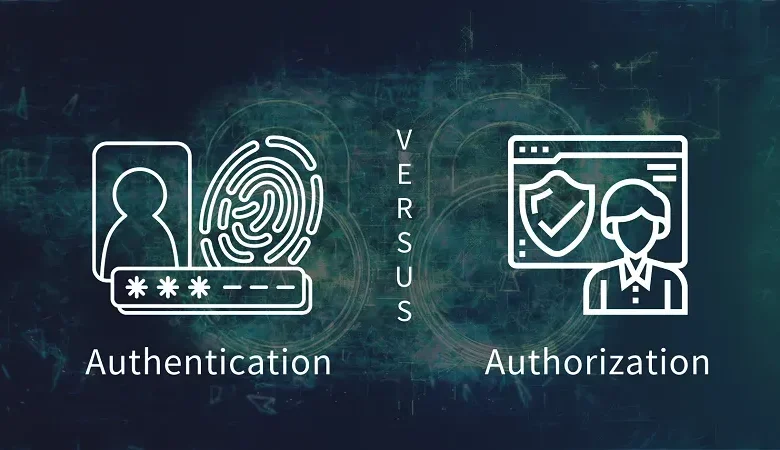Exploring the Differences: Authentication vs Verification

The digital landscape is ever-expanding, and everything we do is related to technology in one way or the other. While we are so open and vulnerable around technology, having security and various safety methods is also essential.
Beginning from the school admissions for your children, social media application handling, job application, daily client communication, filing a complaint about the broken light lamp on the road, etc., are all everyday events and are still related to computerised technology.
Identity authentication and verification are two components used for the safety and security of your website and system. Most of the time, these two terms are used interchangeably, but they are not synonyms. In this blog, we will talk about the difference between authentication and verification.
Verification: Meaning
These two terms, verification and authentication, are fundamentally different. Verification is a procedure that takes place at the beginning of the interaction between the company website and the user.
This is a digital identity of the said user that has been allocated to them at their first use. It is a digital security method that confirms the accuracy of the claim of their identity.
The company website’s system will usually ask for some identity information, like mobile number, date of birth, email address, driver’s license, PAN card, etc. This assures the company that the person is not a bot, virus, or fraud.
Authentication: Meaning
As the name suggests, authentication is a process that verifies the authenticity of the information provided about the person. This process authenticates the verification of their identity; it checks whether or not the person is who they claim to be.
When the user tries to log in to the website account, they are asked for a security digit or combination called a password. After that, they are asked for a security token code sent to them using their contact preference.
There are various ways to execute authentication: through security information (Questions that are saved in the system: Who was your first best friend?), biometric data (facial recognition, fingerprints, eye recognition), or through security devices (Website creates an OTP and sends it to the user on the verifies mobile phone, email address, etc.) All of these methods allow two-factor or multi-factor authentication.
Verification Vs. Authentication
Let us look at these two concepts closely and understand the difference between authentication and verification.
| Verification | Authentication | |
| 1. | Verification is the second step after identification. It is comparatively a narrower concept. | Authentication is a broader concept. It is the last step of the security strategy of the company websites after identification and verification. |
| 2. | Verification is concerned with the accuracy or the truth of the claim the user makes. | Authentication is concerned with the truthfulness and reality of the claim made by that person. |
| 3. | Verification relies on external validation and evidence. For example, your mobile number, PAN card, driver’s license number, etc. | Authentication relies on the system-generated security code and the password that has been in the system’s feed under the said person’s name. Username and password, and OTP generated for their mobile number. |
Conclusion
In these times, cyber security has gained a lot of traction. That is mainly because of how vulnerable the companies are to these cyber-attacks and how risky it is to be carefree about these systems.
You need to have a robust defense mechanism against these attacks and a good identification, verification, and authentication status, and the two-factor authentication system is the only way out. This is how you can repel unwanted traction and attacks at the source of the problem.

